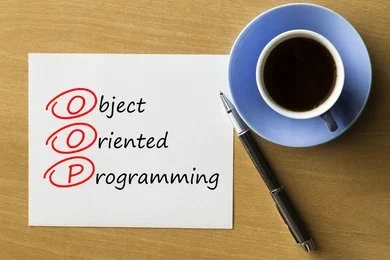Object-Oriented Programming (OOP) in PHP – A Comprehensive Guide for Developers
Object-Oriented Programming (OOP) is one of the most important paradigms in modern software development, helping to organize code, make it more flexible, and easier to maintain. OOP provides an efficient way to build applications by dividing code into objects that can be easily managed.
In this article, we will delve into OOP in PHP, starting from the basics to advanced concepts, with practical examples illustrating its use in real-world projects.
OOP Basics in PHP
1. Core Concepts
What Are Objects and Classes?
In PHP, a class is a blueprint for creating objects, which are logical units containing properties and methods that can be invoked.
2. Encapsulation
Encapsulation means hiding the internal data of a class and preventing direct access while providing safe access methods.
3. Static Classes & Methods
Using static, you can create methods or properties that can be accessed without instantiating a class.
Advanced OOP Principles
4. Inheritance
Inheritance allows a class to reuse code from another class.
5. Polymorphism
Polymorphism enables the replacement of a method in the parent class with a different implementation in the child class.
6. Abstraction
Abstraction enforces that subclasses must implement certain functions without defining their implementation in the parent class.
Design Patterns in OOP
7. Design Patterns
Factory Pattern
Conclusion
Object-Oriented Programming provides a powerful way to organize and manage code efficiently. By understanding both the basics and advanced concepts, you can write flexible and scalable applications with ease.
OOP in PHP is an effective approach for developing modern applications, whether you're working on a content management system, building APIs, or even artificial intelligence systems.
We hope this guide was helpful, and if you want to dive deeper, consider exploring open-source projects or building real applications using OOP in PHP.












